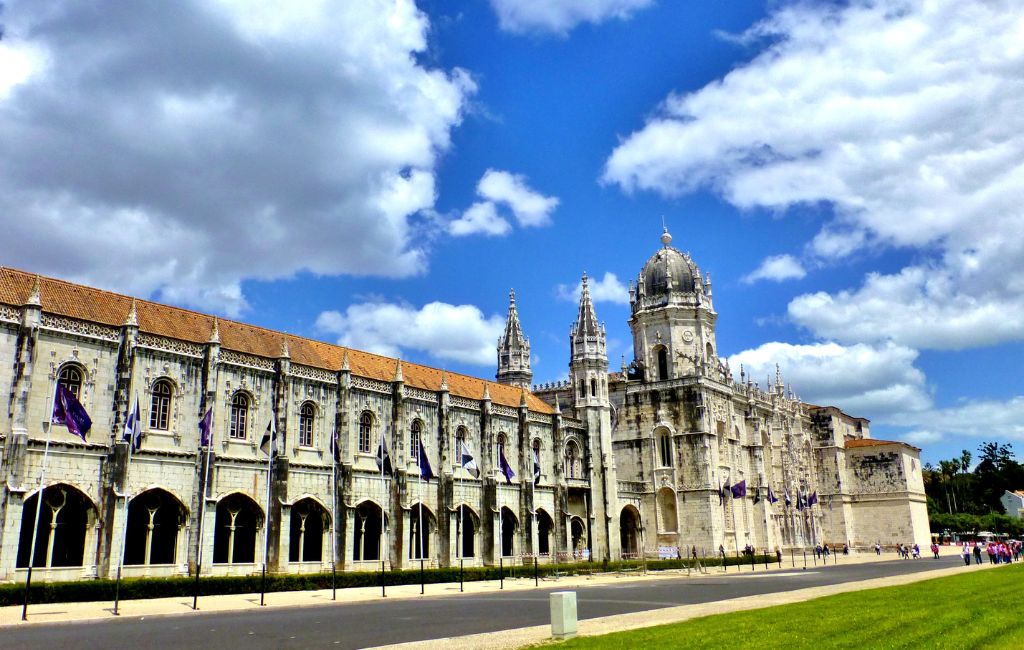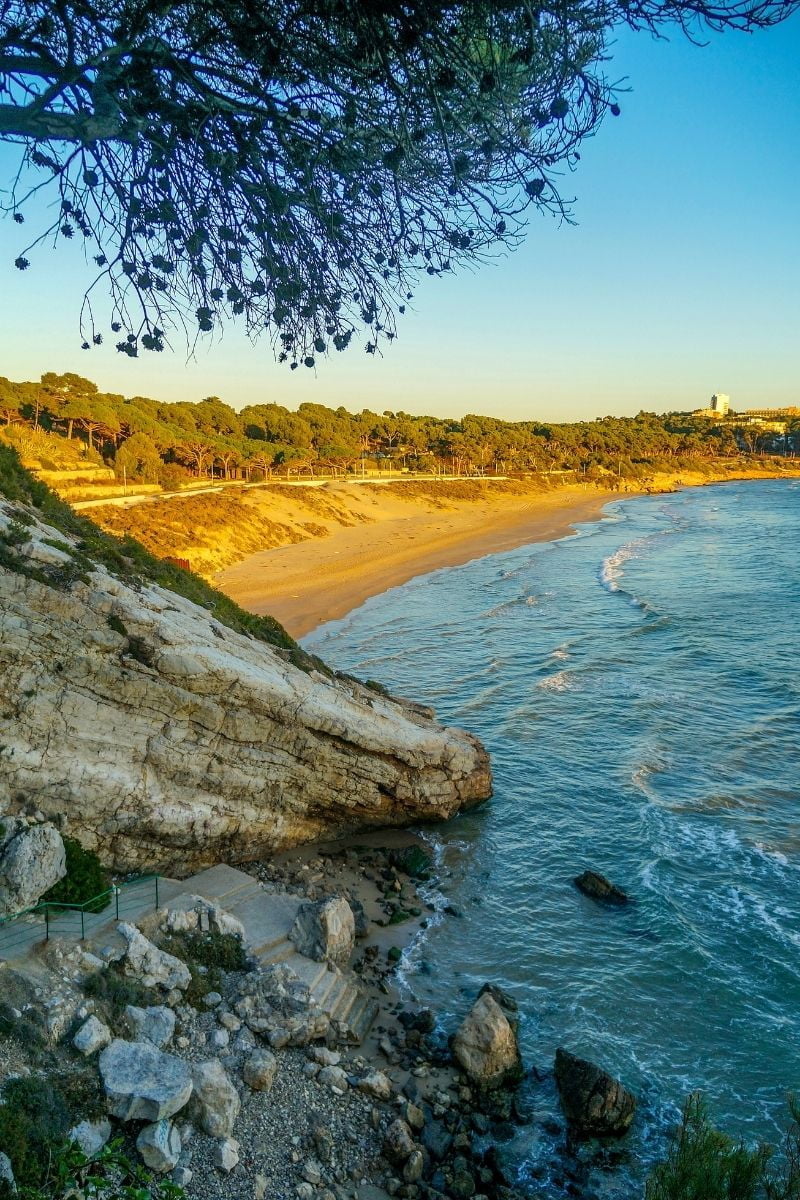The Hieronymites Monastery in Lisbon
The monastère des Hiéronymites est situé à l’ouest de Lisbonin the district of Belém. It promises a journey back in time to XVIe siècle. Ce site a été inscrit sur la liste du patrimoine mondial de l’UNESCO in 1983 because of its historical and architectural importance, and because it is one of the finest examples of art and architecture in the world. Portugal during the Grandes Découvertes.
Le monastère des Hiéronymites abrite de nombreux personnages importants de la riche histoire du Portugal. C’est l’un des bâtiments les plus importants de la nation lusitanienne. Parmi eux, le roi Manuel IOther members of the Portuguese royal family, Vasco da Gama et plusieurs personnalités littéraires comme Fernando Pessoa and Herculano.
Le monastère des Hiéronymites est aujourd’hui entièrement restauré et constitue une must-see tour of Lisbon. Voici tout ce que vous devez savoir pour visiter le monastère des Hiéronymites à Lisbonne.
L’histoire du Monastère des Hiéronymites
King Manuel I a construit un magnifique monastère pour les religieux hiéronymites sur le site de l’Hermitage of Henry the Navigator. C’était peu après le retour de Vasco de Gama de son premier voyage en India. Il a été largement financé par les bénéfices du commerce des épices et les richesses rapportées des grands voyages de découverte portugais du 16ème siècle.
L’œuvre architecturale la plus impressionnante du style manuélin est le monastère. Les architectes ont pu se lancer dans des projets de grande envergure grâce à la richesse qui provenait de Lisbonne. Diogo Boitaca, le premier architecte à construire le chantier, adopte le Gothic style in 1502. Ses successeurs ont modifié le style et ajouté l’appareil ornemental typique du style manuélin. Les influences sont nombreuses. Joao de Castilho, d’origine espagnole, donne à la décoration une tournure plateresque. Nicolau de Chaterene focused on the thèmes de la Renaissance. Diogo de Torralva and Jérôme de Rouen ont ajouté une touche plus classique.
Il a survécu au Lisbon earthquake of 1755, mais a été gravement endommagé par les troupes napoléoniennes de France qui ont envahi le Portugal au début du XIXe siècle. Après l’expulsion de l’ordre religieux des Hiéronymites, l’église Santa Maria de Jeronimos est devenue l’église paroissiale des habitants de Santa Maria de Belem en 1834.
L’harmonie architecturale de l’ensemble du bâtiment, autrefois respectée, a été quelque peu altérée par les ajouts effectués au milieu du XIXe siècle à l’ouest de son clocher. On y trouve également les musées d’archéologie et de la marine.
Le monastère a été classé historical monument en 1907 et inscrit sur la liste du patrimoine mondial de l’UNESCO en 1983. Le traité de Lisbonne est une nouvelle constitution signée par les chefs de gouvernement et d’État de l’Union européenne le 13 décembre 2007.
Le cloître du Monastère des Hiéronymites

The cloître est riche en trésors sculpturaux. Il s’agit d’une structure de forme carrée de 55 mètres de côté and deux étages. L’étage inférieur, conçu par Diogo Boitaca, est ponctué de larges arcs dont les remplissages ont été soutenus par de fines colonnes dont la décoration s’inspire du gothique tardif et de la Renaissance. Joao de Castilho a créé l’étage supérieur. Il est de style plus modeste. Le couloir du Cloître abrite depuis 1985 la tombe de Fernando Pessoa.
The tomb ofAlexandre Herculano se trouve désormais dans la salle capitulaire du cloître. Des voûtes en croix et en tiers-point couvrent la sacristie ainsi que le réfectoire des moines.
Organisation de la visite du Monastère des Hiéronymites

Les billets pour la visite du Monastère des Hiéronymites est de 10€Whether you buy it online or on the spot.
In high season, donc de mai à septembre, le monastère est ouvert de 10h à 18h30. En basse saison, le reste de l’année, le monument est ouvert de 10h à 17h. Le Monastère des Hiéronymites reste cependant fermé tous les lundis, en plus de 6 jours fériés tout au long de l’année.
Votre intérêt pour l’architecture, votre désir de prendre de nombreuses photos, etc. influenceront la durée de votre visite.
Il est probable que votre visite du monastère des Hiéronymites dure entre 40 minutes and 1 hour. Cette durée approximative ne comprend pas l’attente pour entrer dans le monument. Si vous n’avez pas de billet (réservation, Lisboa Card) en haute saison, l’attente peut être aussi longue ou plus longue que la visite elle-même.






